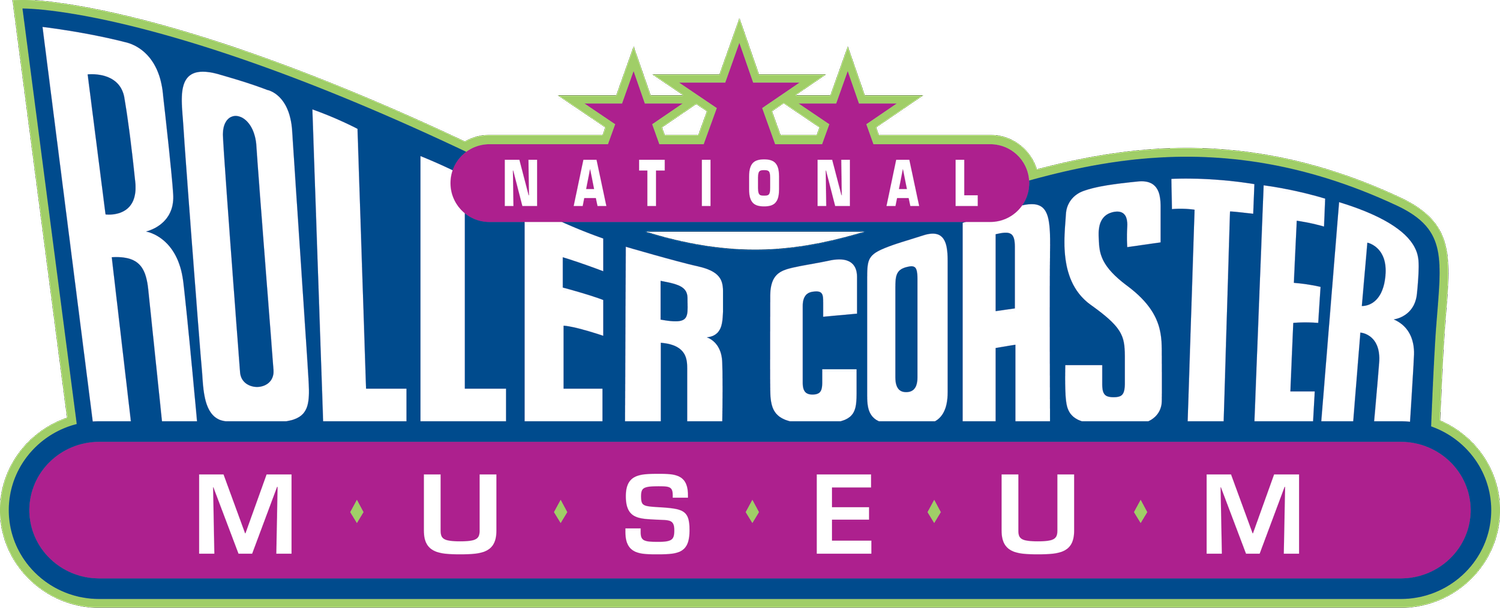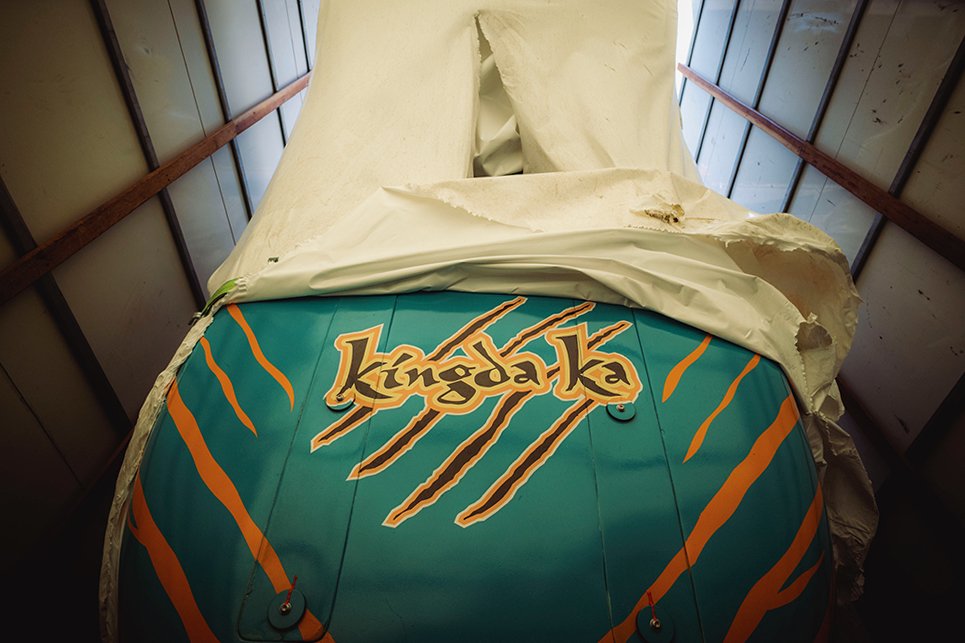
History is riding on it!
We are working to discover, preserve, interpret and share the historical heritage of the roller coaster for present and future generations. Our goal is to make them accessible to those who love roller coasters and amusement parks!
EXPLORE THE MUSEUM
Interested in Supporting the Museum?
Your support will aid in the protection and preservation of historic roller coasters and amusement park artifacts.
Roller Coaster History
Learn what historians say about the oldest roller coasters dating back to the 17th century. The oldest roller coasters descended from the so-called “Russian Mountains,” which were specially constructed hills of ice located especially around Saint Petersburg, Russia. Although, the groundwork for the invention of the roller coaster was laid in Europe, the ride as we know it today developed in the United States. La Marcus Thompson is often credited as the “father of the roller coaster” building a switchback railway at Coney Island in 1884.
















